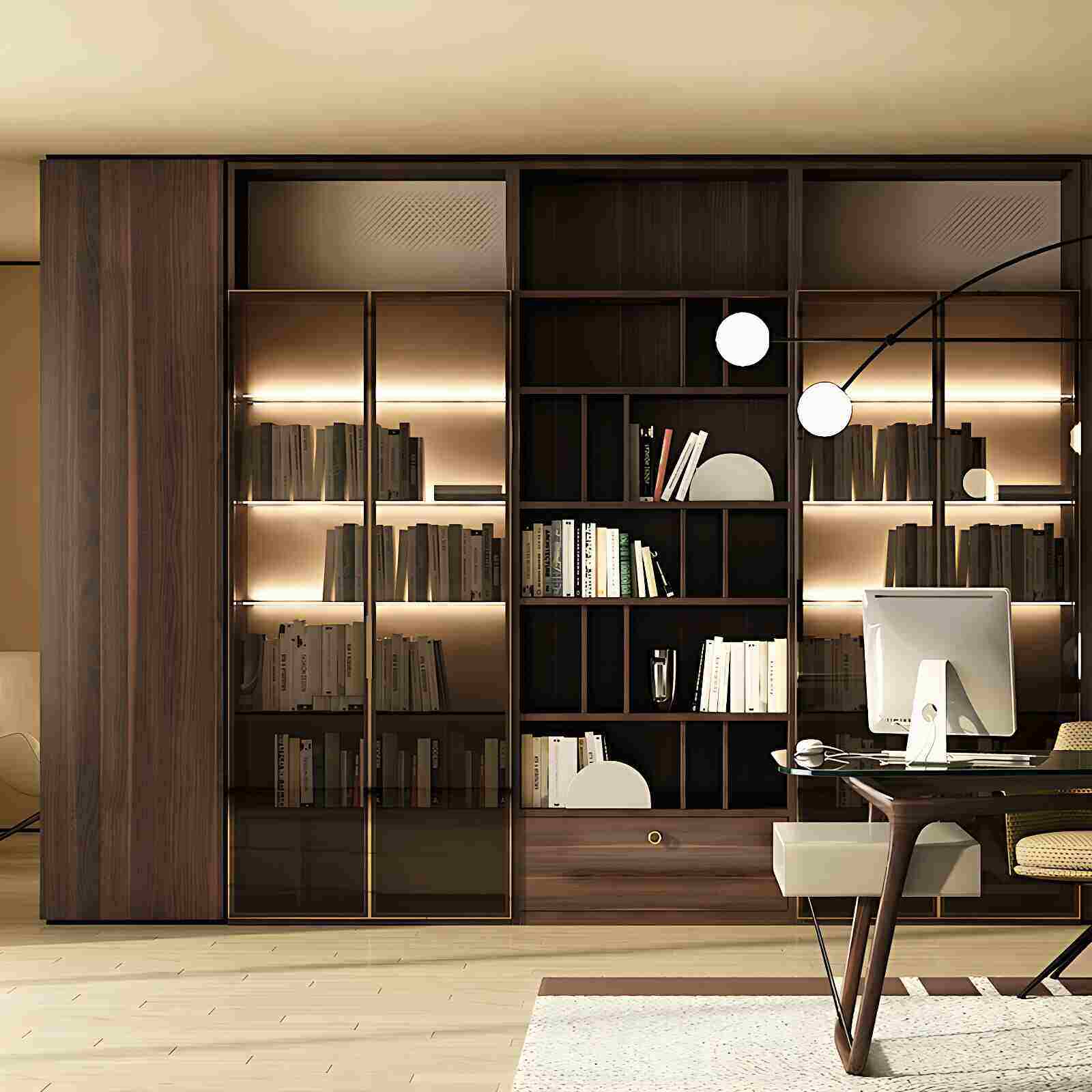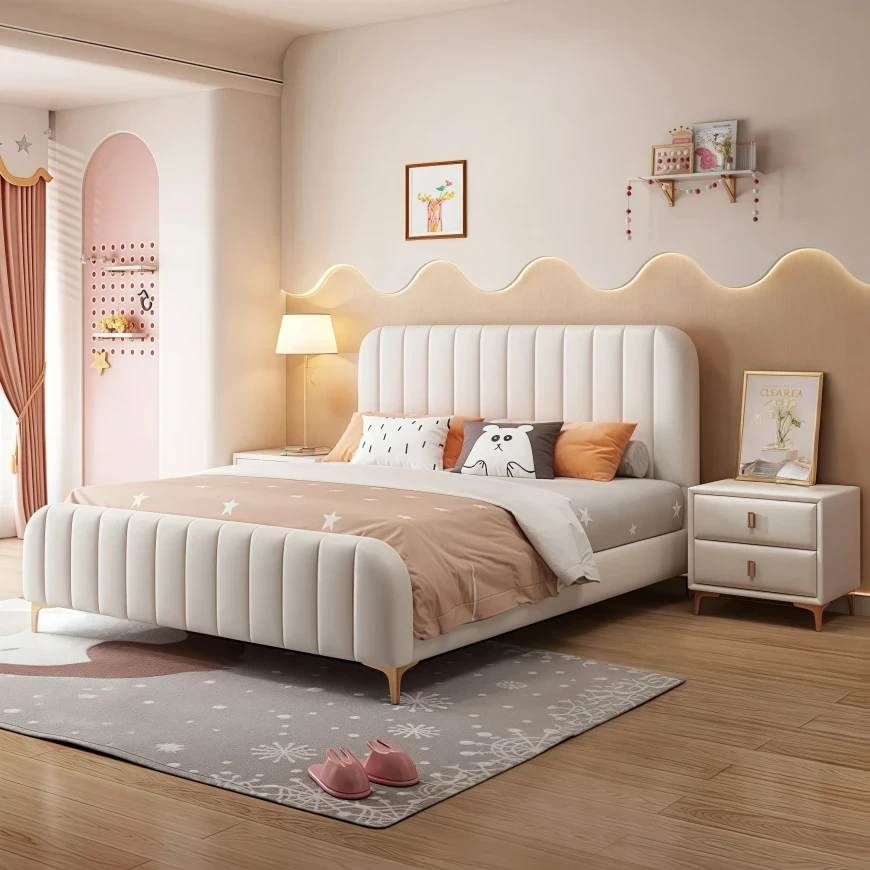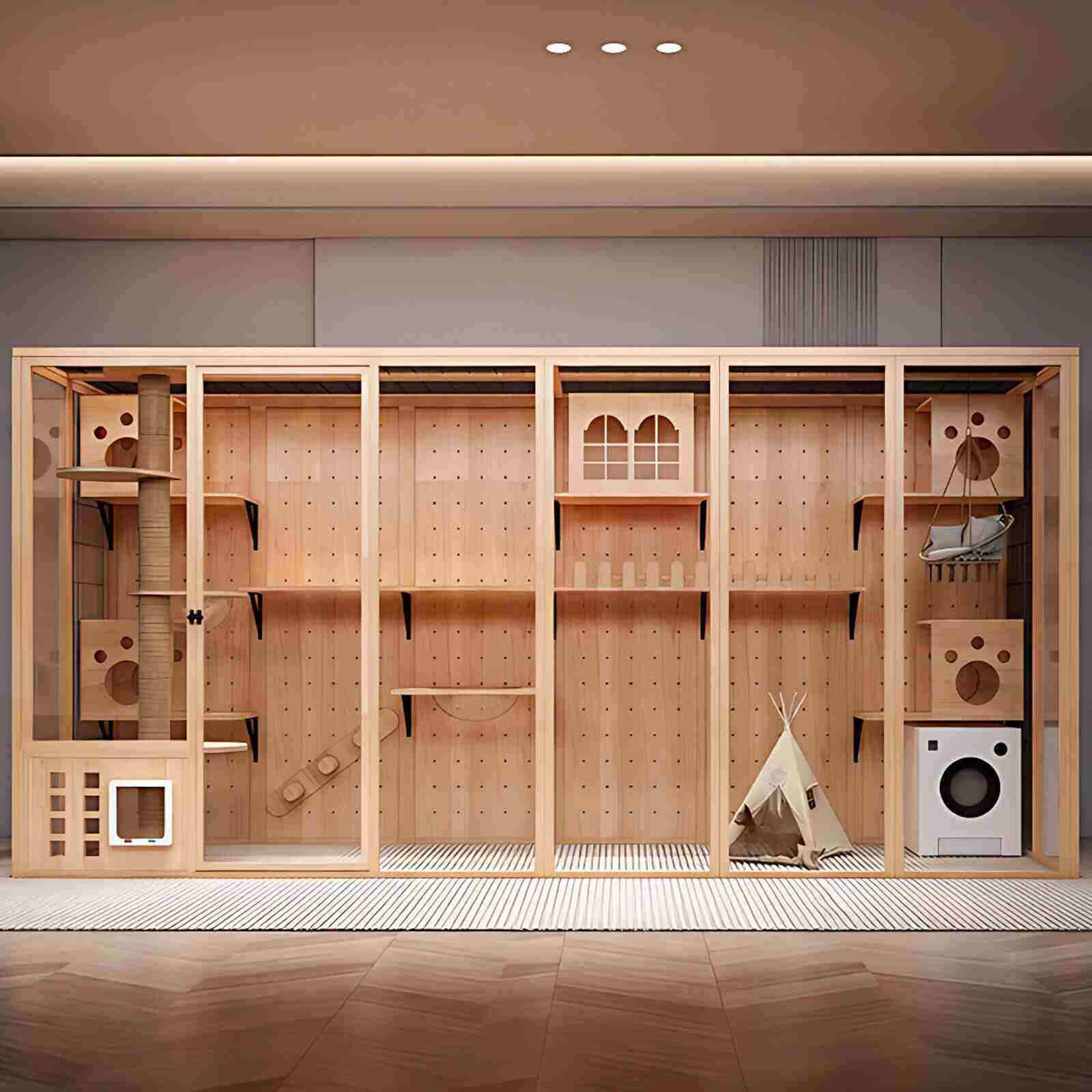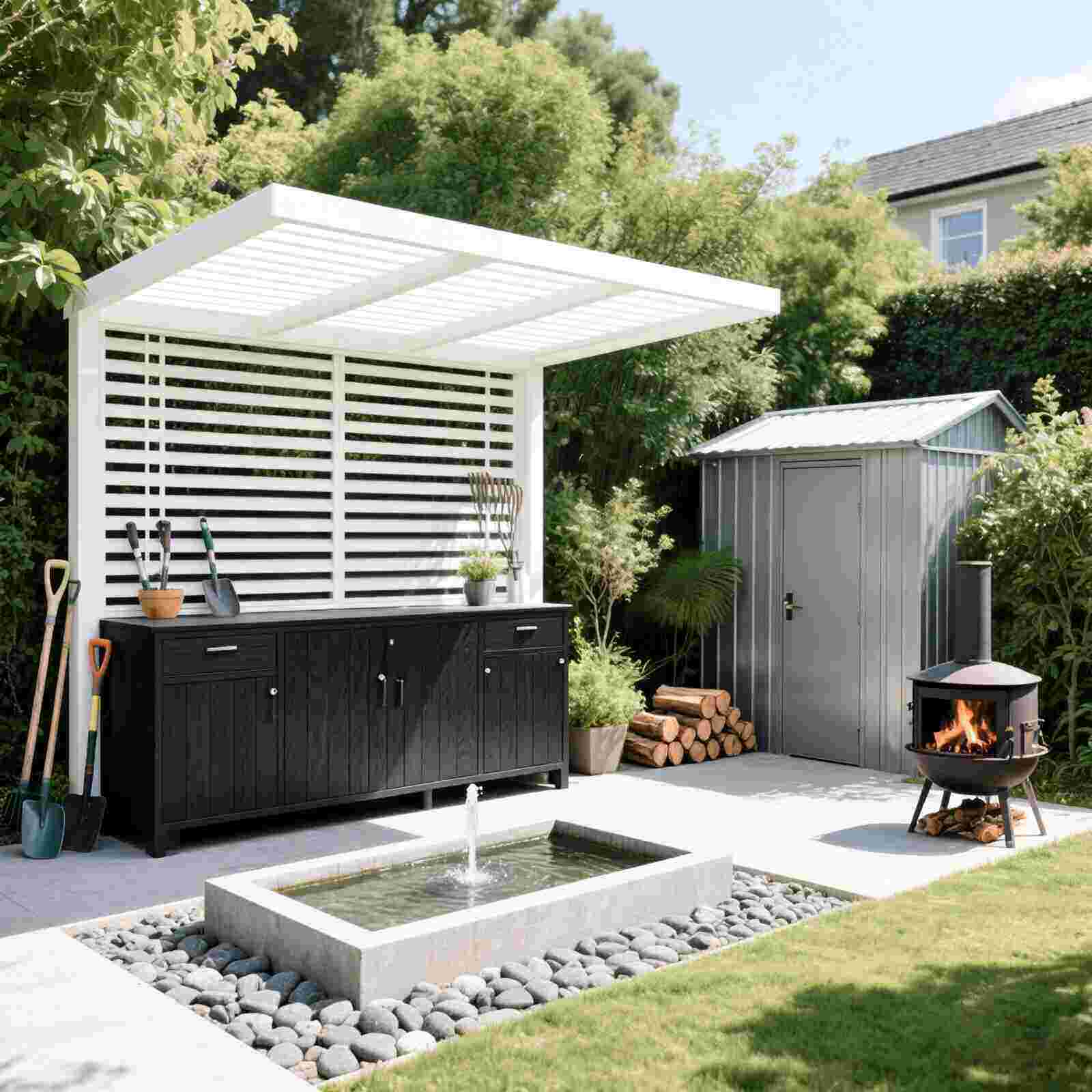All board manufacturing requires the application of adhesives. The moment adhesives are mentioned, people immediately think of formaldehyde, environmental protection, and leukemia. To be honest, it feels like the hype surrounding environmental protection concepts by businesses in recent years has driven everyone a bit crazy, making them feel like some manufacturers are trying to harm them.
So, are manufacturers always willing to add as much glue as possible? Sometimes not. Factories need to control the cost of raw materials. Even the cheapest white glue is more expensive than wood chips, so they'll use as little glue as possible. To save money, some glue extruded during the manufacturing process is recycled. In this case, although manufacturers and consumers have different goals, they share the same sentiment: they both want as much glue as possible to be squeezed out. Moreover, the pressing process is carried out at temperatures exceeding 100 degrees Celsius. The higher the temperature, the faster the formaldehyde evaporates, so a significant amount of formaldehyde evaporates during the manufacturing process.
But what are you afraid of? You're afraid that manufacturers will use inferior glue to save costs! There are two common types of glue used in wood-based panels: phenolic resin and urea-formaldehyde resin. Urea-formaldehyde resin is cheaper, so manufacturers prefer it. However, the chemical reaction that produces urea-formaldehyde resin is: urea + formaldehyde = urea-formaldehyde resin. This is a reversible reaction. At slightly higher temperatures, the reaction proceeds from right to left, causing the urea-formaldehyde resin to decompose and release free formaldehyde from the panel. Therefore, try to avoid buying panels that use urea-formaldehyde resin glue.
Generally speaking, the finer the wood chips, the more glue is applied, so it seems that MDF uses more glue than particleboard. However, the greater the pressing pressure, the more glue is squeezed out, so it seems that MDF uses less glue than particleboard. In addition to the amount and type of glue used in the manufacturing process, many other factors such as edge banding, veneer, and hole drilling also affect the formaldehyde emission of the final furniture product.
To assess the environmental friendliness of MDF or particleboard, the only applicable national standard currently is "Formaldehyde Emission Limits in Wood-based Panels and Their Products for Interior Decoration and Renovation" (GB 18580-2001), which stipulates that as long as the board meets the E1 standard, it can be used indoors.
Formaldehyde Emission Limits in Wood-based Panels and Their Products for Interior Decoration and Renovation
This standard does not have an E0 grade.
Let's take a look at which national standards use the term E0:
1. The standard GB/T 18102-2007, "Impregnated Paper Laminate Wood Flooring," specifies the E0 standard for engineered wood flooring.
2. The standard GB/T 5849-2006, "Plywood", specifies the E0 standard for plywood (blockboard).
3. The standard GB/T 9846-2015, "Ordinary Plywood," specifies the E0 standard for plywood.
The three E0 codes above each apply to a specific type of flooring or board material and should not be confused with those for MDF and particleboard.
Formaldehyde-free adhesive test results
Now that we've discussed this, do you have a better understanding of the glue content in plywood?

 USD
USD
 GBP
GBP
 EUR
EUR



































